News Categories
Disposable syringes
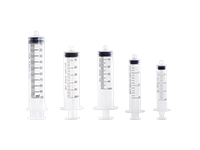
Disposable syringes
Safety Syringes/ Auto-Disable Syringes
Safety Syringes/ Auto-Disable Syringes
Oral/Enteral Syringes
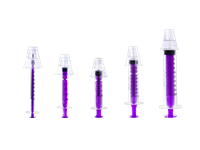
Oral/Enteral Syringes
Infusion Sets
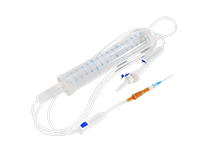
Infusion Sets
Urine Bags
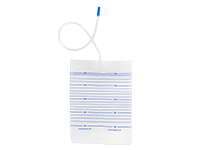
Urine Bags
Urine Cups
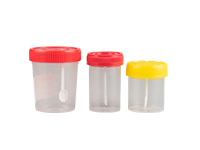
Urine Cups
It is one of the methods to diagnose covid-19 in adults and children by using nasopharynx specimen collection swab from the surface of respiratory mucosa[ 1-4] this method is also used to assess patients with respiratory infections (suspected by other viruses and certain bacteria). This paper introduces the collection of nasopharynx specimens used for detection of covid-19. COVID-19 is a disease caused by COVID-19 (SARS-CoV-2) infection.
There was no special contraindications in the sample of nasopharynx swab. However, clinicians should be cautious if they have a recent history of nasal trauma, surgery, significant deviation of the septum, or chronic nasal obstruction or severe coagulation dysfunction.
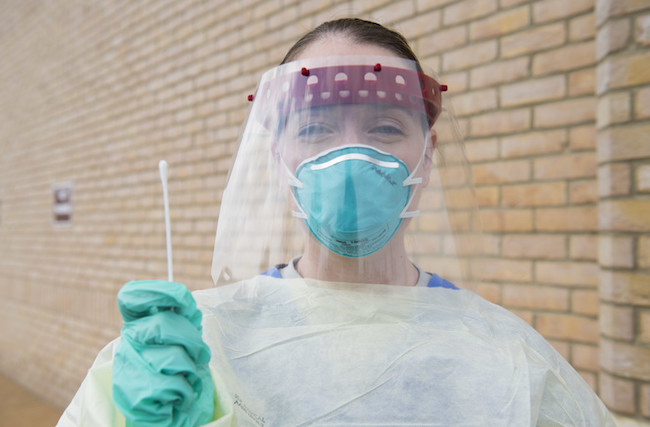
Preparation
The nasopharynx specimen collection swabs are specially made of long, thin, soft stems made of plastic or metal, and the tip is made of polyester, nylon or cotton nylon. In addition to the nasopharynx specimen collection swab, you will also need to prepare personal protective equipment (PPE), including protective clothing, non sterile gloves, protective masks and masks (as described below). Make sure all sampling tubes are labeled and that appropriate questionnaires are filled out before sampling.
Please observe the respiratory protection and contact protection measures developed by CDC and your organization and wear PPE correctly (Figure 1). If possible, it is best to have an observer present when you are wearing and removing PPE to ensure that there is no oversight in operation to avoid the risk of contamination.
First, put on protective clothing, wash hands with soap and water (or rub hands with alcohol based hand lotion), and wear non sterile gloves.
Then follow the CDC's recommendations and wear a mask with a protection level N95 (or higher). Finally, wear a mask to protect the face and eyes.
Steps
It is recommended that all patients suspected of covid-19 wear masks (Figure 2). Let the patient take off the mask and blow it with a tissue to remove the excess nasal discharge. Open the swab outer package and take out the swab. Tilt the patient's head slightly backward in order to make it easier to enter the nasal tract. Please close the eyes to relieve the slight discomfort of the operation. Gently insert swabs along the nasal septum above the bottom of the nasal cavity until resistance is felt (Figure 3).
It is recommended that all patients suspected of covid-19 wear masks.
Place swabs parallel to the hard palate and insert them into the nostrils. If you feel that the swab is resistant to entering the nasal tract, pull the swab back and try to reinsert it at another angle closer to the bottom of the nasal cavity. The depth of specimen collection swab entry shall be equal to the distance from nostril to opening of external ear canal. CDC recommends placing swabs for a few seconds to absorb secretions, then slowly rotate and remove swabs. Your mechanism may also recommend rotating it several times before removing the swab. After the operation, please wear the mask again.
Treatment of specimens
Open the sampling tube and insert the specimen collection swab into the sample tube. Break the swab at the groove and discard the remaining swab end. Seal the labeled sampling tube and place it in the biohazard bag (Figure 4). According to the practice of the organization, you can also return the specimen to the original packing bag for transportation. According to CDC instructions, the specimen collection swab was treated directly or placed in the medium (whether it was refrigerated or not).
Remove personal protective equipment. First, take off the protective clothing and gloves. Wash hands with alcohol based hand lotion, or wash hands with soap and water. Put on new gloves, then take down the cover, discard the mask or store it after cleaning according to the instructions of your organization. Take off the gloves, wash your hands again, and put on another pair of gloves. Then remove the mask and discard the mask or reuse it as directed by your organization. Finally, remove gloves and wash hands.
Summary
This paper presents a method of collecting specimens from the surface of respiratory mucosa by nasopharynx specimen collection swabs for the diagnosis of covid-19 in adults and children. It is important to minimize the possibility of spreading the virus using certified personal protective devices and appropriate technologies.
Quick Response within 24 hours!
Tel: (+)86-519-88168398
WhatsApp: +86-13961432323
Email: sale01@lelun.com
HengShanQiao Town, out of East Gate, Changzhou ,Jiangsu, China
Changzhou Medical Appliances General Factory Co., Ltd. was built in 1988, it is a modern factory specialized in producing the disposable medical appliances in China. The factory is only 1km to Hengshan entrance of Huning high-speed road and is about 20 miles to Changzhou airport. So the traffic is convenience.
The area of the factory is 40000㎡, the area of purifying workshop is 7000m, and fixed assets are about 5,000,000USD. Our main products are Disposable infusion sets, Disposable blood transfusion sets, Disposable Sterile syringe sets, latex glove, disposable infusion set, simple oxygen mask, nebulizer mask, urine cup, hernia mesh, urine bag etc. Now we can manufacture more than 200,000,000 sets per year.